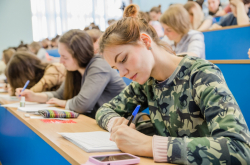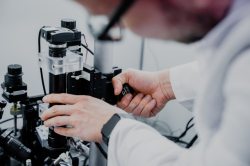About the competition
All of the School’s units participated in the competition: the Faculty of Cryogenic Engineering, Faculty of Biotechnologies, and the ChemBio Cluster. In total, 25 projects were presented to the board, which included representatives of the School and its industrial partners. They assessed the proposed solutions for their practicality, efficiency, and potential application in actual production facilities. Among the jury were representatives of Mitsubishi Electric, Bushe, Coca-Cola HBC Eurasia, RusHleb, Eco Resource, and other major manufacturers. Members of the Russian Academy of Sciences, namely staff of V.M. Gorbatov Federal Research Center for Food Systems assisted in the projects' review.
As a result, 15 teams were named winners and will receive a grant to conduct research and turn their ideas into ready-made technological solutions.
ITMO.NEWS talked to jury members and some of the winners about the prospects of the students’ projects and their potential use in real production.
Igor Baranov
Head of School of Biotechnology and Cryogenic Systems
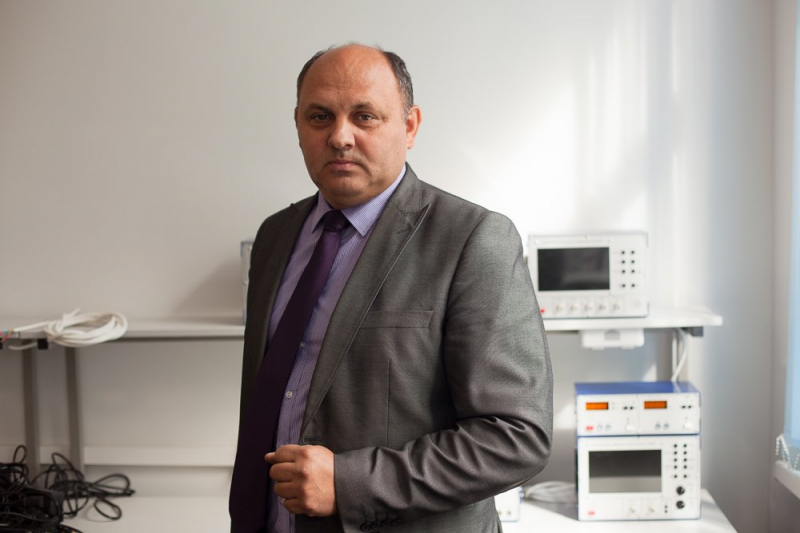
Much groundwork had to be done to organize the competition, which aims to form teams of young scientists with ideas for interdisciplinary projects.
I believe that we have achieved this goal. The jury selected teams consisting not only of scientists from the School but also from the university’s other units.
Representatives of the Faculty of Control Systems and Robotics, Faculty of Technological Management and Innovations, and Faculty of Information Technologies and Programming participate in the project groups. And on several projects, scientists from other research organizations were involved as scientific consultants. I wish the new research teams success in achieving their goals and implementing their ideas.
Daria Mironova
Deputy head for projects and commercialization at the School of Biotechnology and Cryogenic Systems and head of Marketing Research Office
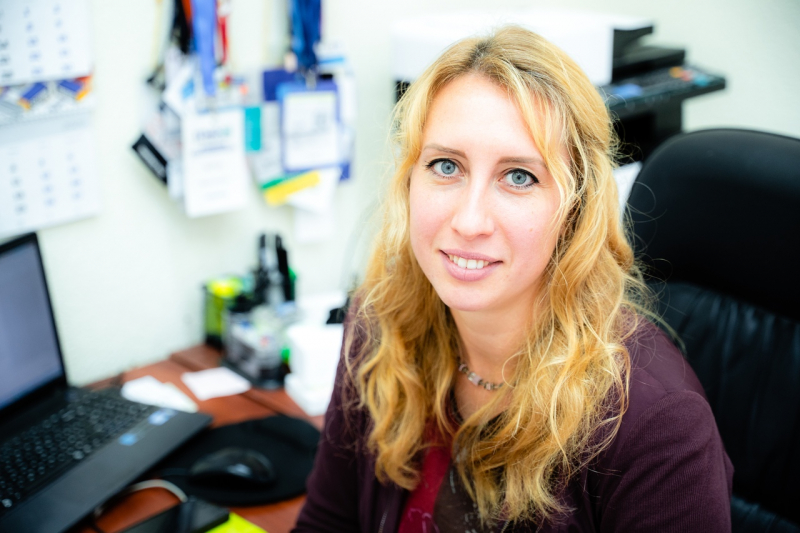
We used a two-stage approach to working with our industrial partners Some business representatives evaluated projects online and participated in selecting projects for the competition. Others expressed a desire to attend the defenses in person to get acquainted with the presented projects and “catch” some promising projects in their early stages. Now, some enterprises are interested in specific projects and are ready to discuss prospects for cooperation with their authors. We will be organizing these meetings shortly.
We sent information about the competition and a catalog of projects mainly to our long-term partners, particularly to enterprises that offer our students internships. They had the chance to ask the participants questions about the projects and give their expert review – all this was taken into account by our jury when selecting the most promising projects that deserve financial support.
We find the winning projects particularly interesting and relevant. For example, at the Faculty of Biotechnologies, the team led by Polina Agakhaniants scored the most points. They proposed the project titled “Development of environmental monitoring methods based on the Internet of Things”, which proposes to use wireless sensors to monitor the state of forest ecosystems, water bodies, and landfills.
And in the section on cryogenic energy, the experts' attention had been drawn to Grigory Isachenko’s project called “Reducing thermal conductivity in environmentally-friendly thermoelectrics using low-dimensional effects and nanostructuring”.
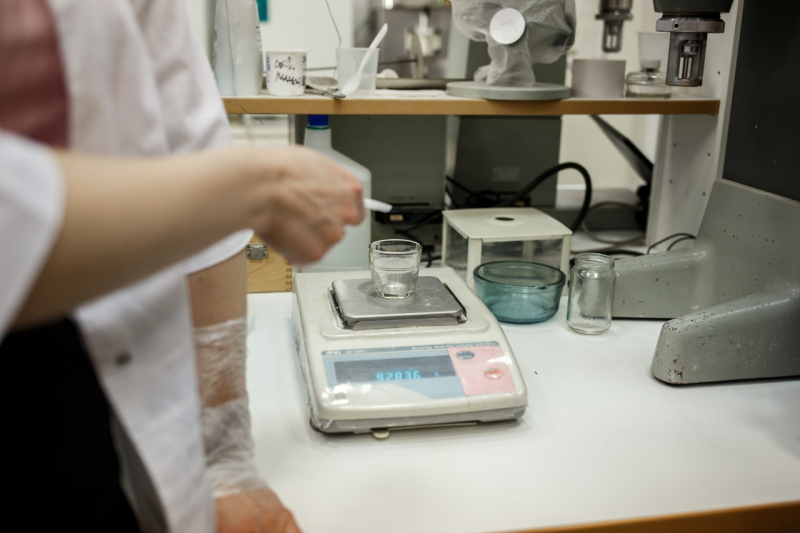
Victor Prokofiev
Technical expert at Mitsubishi Electric RUS
I especially liked the two projects dedicated to the topic of liquefied natural gas: Andrew Zaitsev brought up the issue of improving the natural gas liquefier and Alexandra Baranova – storage and transportation of gas in a way that minimizes evaporation. This problem remains highly topical for both our country and the field.
There were also unrealistic projects. While some authors set too many tasks in one project, others were more interested in scientific research and publication in journals than in the implementation of their project. As a member of the industry, I see no point in this. However, I have to admit that most of the winning projects are still quite practical and promising.
It was the first time I attended such a competition at ITMO, although I often hold meetings with students of specialized universities. I wish I could attend the event in person. I wanted to talk to the authors of the projects I liked and listen to other experts’ opinions, but it is difficult to do this on Zoom especially when the speakers are also limited in time.
Grigory Isachenko
Associate professor at the Faculty of Cryogenic Engineering
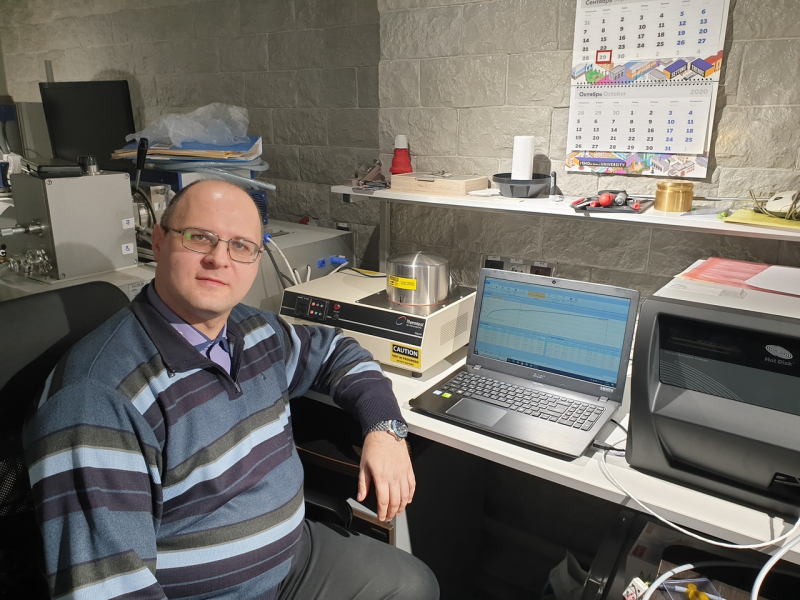
Project: Reducing thermal conductivity in environmentally-friendly thermoelectrics using low-dimensional effects and nanostructuring
You may have encountered thermoelectricity in real life. It could be a car fridge powered by Peltier elements, or a temperature sensor based on a thermocouple. Perhaps, you have a potbelly stove with a thermoelectric generator to charge your phone when there is no electricity.
Thermoelectric devices are so reliable that in Soviet times, they were used to develop a system for maintaining the temperature of Vladimir Lenin’s body in the Mausoleum. And the Americans used thermoelectric generators in the power supply system of Voyager – the first device to go beyond the solar system. After 40 years of travel, its power supply has only halved. Even now, all power supply systems for deep space vehicles are still based on radioisotope thermoelectric generators.
A technogenic society has many heat sources that dissipate heat into the atmosphere. Harvesting this heat is one of the possible applications for thermoelectric generators. And here we face the problem of the efficiency of this energy’s conversion.
Now, the efficiency of such devices is a few percent (slightly over 10% for some laboratory samples) and depends on the properties of their material. Therefore, we are actively looking for new thermoelectric materials, taking into account modern concepts of materials science.
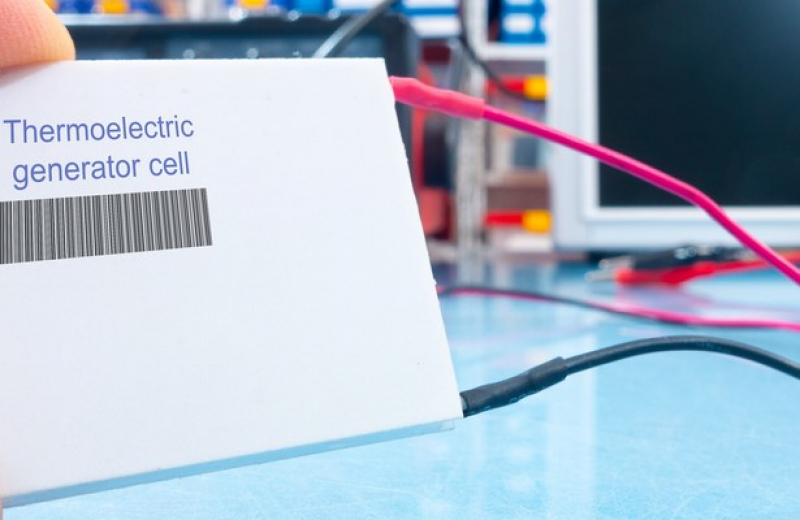
There are two approaches in this research: to increase the electrical conductivity in materials with low thermal conductivity or to lower the thermal conductivity in materials with good electrical conductivity. Our study uses the second approach. By obtaining samples pressed from nanopowder or by growing thin films, we are trying to achieve a decrease in thermal conductivity without significantly deteriorating the electrical properties.
Our proposed project is an attempt to unite young Master’s and PhD students at the Faculty of Cryogenic Engineering in studying the properties of thermoelectrics and technologies for their production. This includes those who will prepare the samples and those who will measure their thermophysical properties. A second group of students will simulate the processes of synthesis and sintering of material using numerical methods. Our colleagues and Master’s students at the Faculty of Biotechnologies will help assess the environmental aspects of the potential introduction of new thermoelectric materials.
The project is closer to scientific research than to applied development. And although the ultimate practical goal of the project is clear, experience shows that between the development of new material and its actual implementation there are still many additional tasks that require time to study and solve. So for now, with the help of a series of experiments and numerical calculations, we hope to learn how to obtain materials with the properties we need.
Almost all of the grant money will go straight to our Master’s and PhD students. We believe that students should receive a salary for research work equal to what they can get on the labor market. This way, they can focus more on science. And doing well on a student project will help them in the future when seeking work as authors of other scientific projects or applying for grants, scholarships, and internships.
Elena Koshel
Associate professor at the ChemBio Cluster
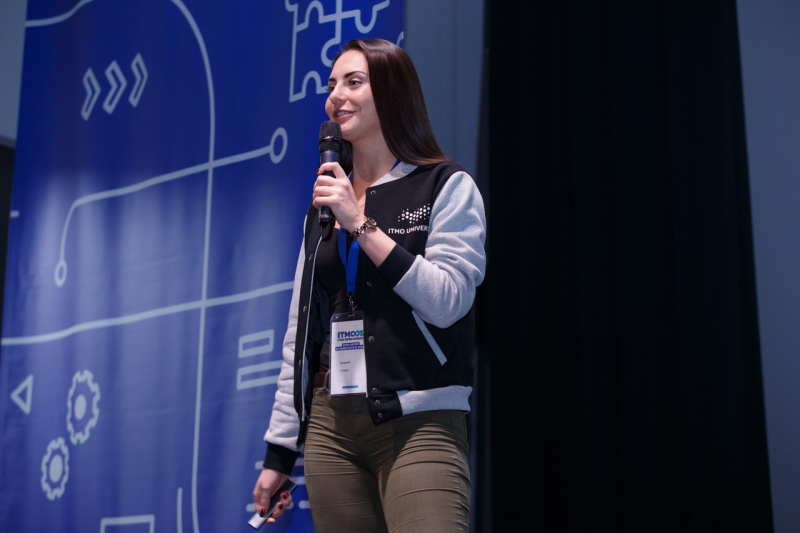
Project: Development of innovative approaches to the diagnosis and therapy of diseases based on genomics, immunology, microbiology, and nanoengineering technologies
The problems of modern therapy are associated with the inability to quickly diagnose diseases and the loss of drug effectiveness due to the development of resistance in targets. The main goal of our project is to develop new methods of therapy and diagnosis of diseases. We are not only studying modifications of existing drugs and looking for new ones, but also developing methods for their targeted delivery and controlled release.
Our project plans to adapt DNAzyme technology for diagnosing diseases and use methods of regulating the activity of immune cells and macrophage migration in therapy. We will also consider the use of nanomaterials in the modification of drugs.
Moreover, a separate segment of the project is devoted to the study of the interaction of the microbiota with the host organism and its immune system, including the study of biologically active substances underlying such interaction. Some bacteria can inhibit the growth of other microorganisms through the production of special substances (for example, colicins) – this method can also be used in therapy. To solve these problems, we will develop bioinformatics software and databases to quickly navigate the existing huge array of information on this topic.
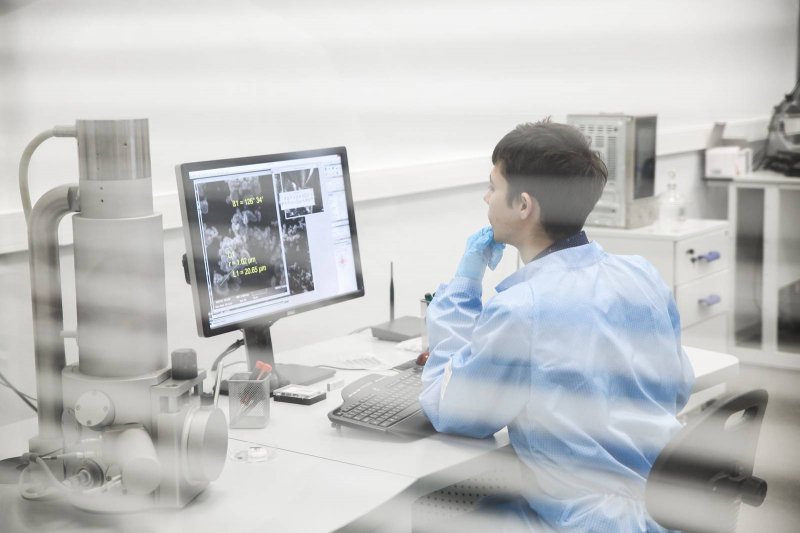
The project team includes Master’s and PhD students. In general, there are people with different experiences, from different cities and even countries. We give everyone the opportunity to develop themselves, but only the most active and responsible ones became a part of this project.
Since the project includes different teams, we are thinking of more than one product. All of them are at different stages of development. For example, studies of cell migration and the pro-inflammatory activity of immune cells are so far carried out only on models and are fundamental research. We are going to use various nanomaterials to regulate these processes, which will allow them to be further used in personalized medicine.
Also, databases and programs developed by our bioinformatics researchers will be useful for personalized medicine. Medical specialists will be able to use these databases to determine a treatment strategy. At the same time, we started a project on the detection of pathogens by DNAzymes much earlier, so we are already close to creating a final product – a system for detecting pathogens and a program for analyzing bacterial genomes.
Anastasia Pavlova
Associate professor at the Faculty of Biotechnologies
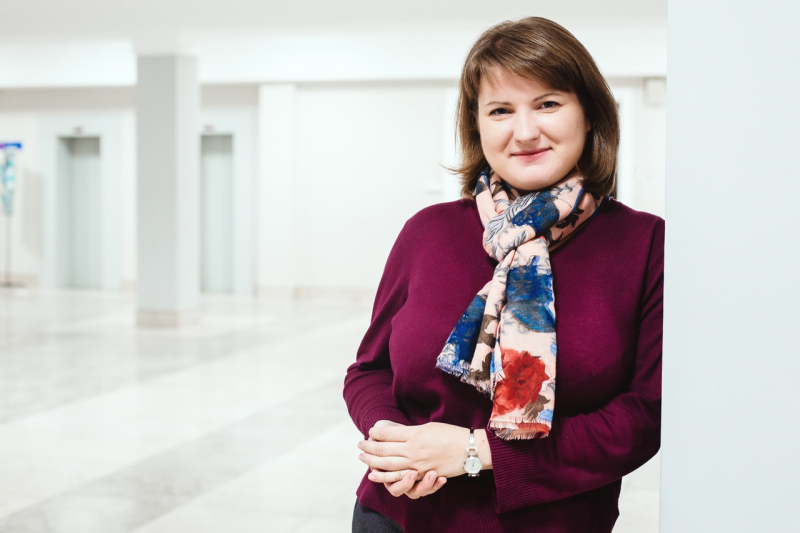
Project: Development of functional food products for healthy aging based on secondary milk processing products
Our project is related to one of the strategic directions of the global community’s development, namely the design of a society for all ages. It includes the creation of conditions for the use of knowledge, experience, and the potential of older citizens, taking care of such citizens, and providing them with the necessary assistance.
FulLife’s main goal is to develop a line of products of low-calorie, high-protein functional nutrition for the prevention of alimentary-dependent diseases (cardiovascular diseases, diabetes mellitus, obesity, osteoporosis, some malignant neoplasms, etc.). We also aim at shaping a healthy lifestyle among older citizens by optimizing their dietary structure and adding fortified foods to their diet.
The FulLife team is interdisciplinary and consists of Master’s and PhD students from both our School and other units of the university. Our team is also international: we have students from Russia, Kazakhstan, Kyrgyzstan, Tajikistan, and Egypt. Participants represent different age groups, which is important within the scope of the project. The youngest participant is 22 years old and the oldest participant, a Master's student, is 58 years old.
Our project is supported by three consultants: Olga Sergienko and Violetta Savoskula are members of our faculty, as well as Professor Alessandra Bonoli from the University of Bologna in Italy. Moreover, our associate partner is Unifood – a subsidiary of Fonterra – one of the world leaders in the dairy industry.
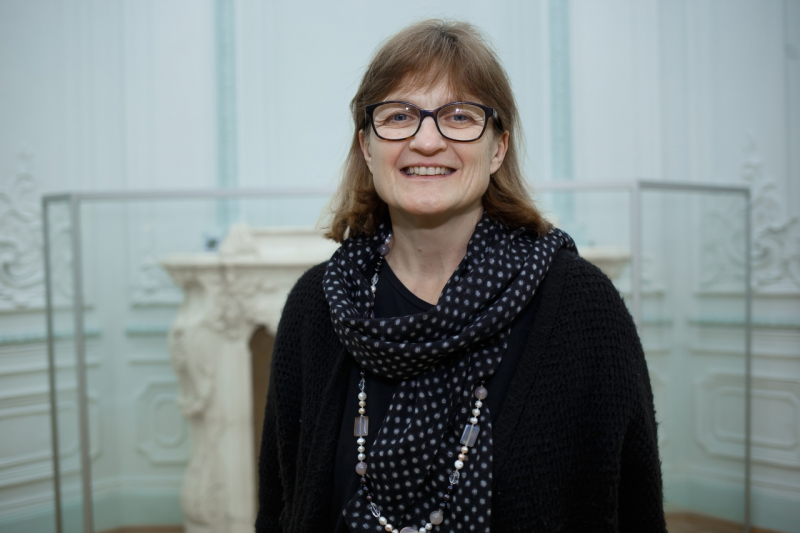
The FulLife project has a time frame of three years and includes work in a number of fields: marketing research, the development of specialized nutrition and formulations for products, and clinical trials. It is important for us that products are not only useful but also available for the older generation. To that end, we will carry out a separate economic assessment of the production of new food products.
We want to enter the international market and this is impossible without an environmental product declaration, so for each product, we will develop a declaration, and if we have funding, we will pass certification.
Of course, we are focused on the commercialization of our projects. The project’s participants have already signed up for ITMO Accelerator, where they will develop a business plan with the help of specialists. Moreover, Unifood is also interested in promoting this product line on the domestic market, so we hope for its support.
However, besides new products, we also plan to create a special mobile app that will help older citizens monitor their nutrition and physical activity, create a balanced diet, keep a food journal, find recipes, and receive advice on how to include functional nutrition in their diet. The mobile app will be developed while taking into account the specifics of the target audience with the most intuitive interface for older citizens.
Our team is well aware that without popularization it will be difficult to achieve success in the development and promotion of the FulLife project. Therefore, each team member will be responsible for promoting the project’s findings among the public and the academic community. We are already talking about our project and ideas on social media: follow us on Instagram @anastasia_pavlova_eco or use the hashtag #FulLife_ITMO to learn more.




